
Stateside fans of David Hockney, rejoice! His traveling retrospective has finally arrived in the U.S., after celebrated stops at London’s Tate Britain and Paris’ Centre Pompidou. David Hockney, on view till February 25, 2018, takes over eight galleries at New York’s Metropolitan Museum of Art with nearly a hundred works spanning an impressive seven-decade career. All his greatest hits are here, from the iconic paintings that luxuriate in California’s sunny leisure life — the pools, the grassy lawns — to his famed portraits. But you’ll also discover his no-less-captivating lesser-known works, including those from his early days in London before he decamped for Los Angeles in 1964, as well as his behemoth landscapes and more recent animated iPad drawings. Here, as we fete his oeuvre and share a sneak peek into the exhibition, we highlight some of our favorite Hockney musings through the years…
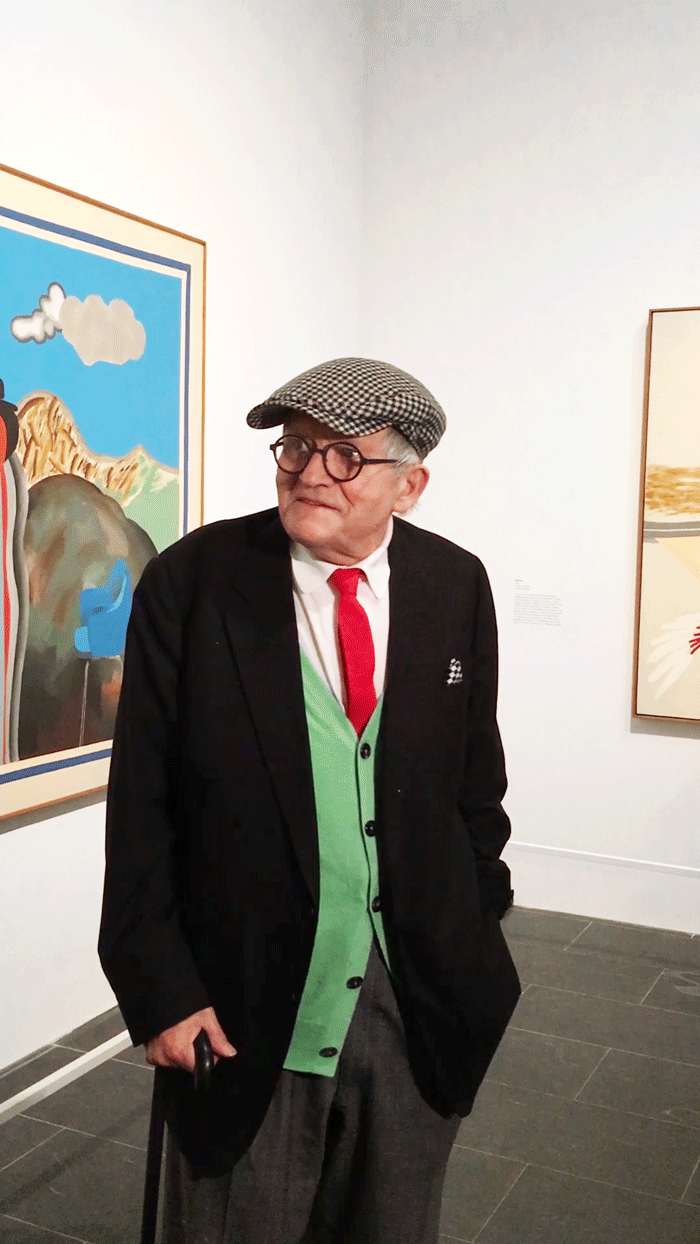
“I live in a rather colorful environment. I love color. I think what it does to you is terrific. It makes you feel better. Most people are very timid with color, aren’t they?” — The Independent, October 21, 1990
On Bohemia
“I spent most of my life living in bohemia, and I expected to spend my whole life there. But bohemia has almost disappeared.” — The Spectator, November 22, 2014
On Hedonism
“The artist can like hedonism, but he himself cannot be a hedonist.” — The New York Times, January 21, 1993
On Going Blonde
“If blonds have more fun, then why not give it a go?” — Harper’s Bazaar, January 2012
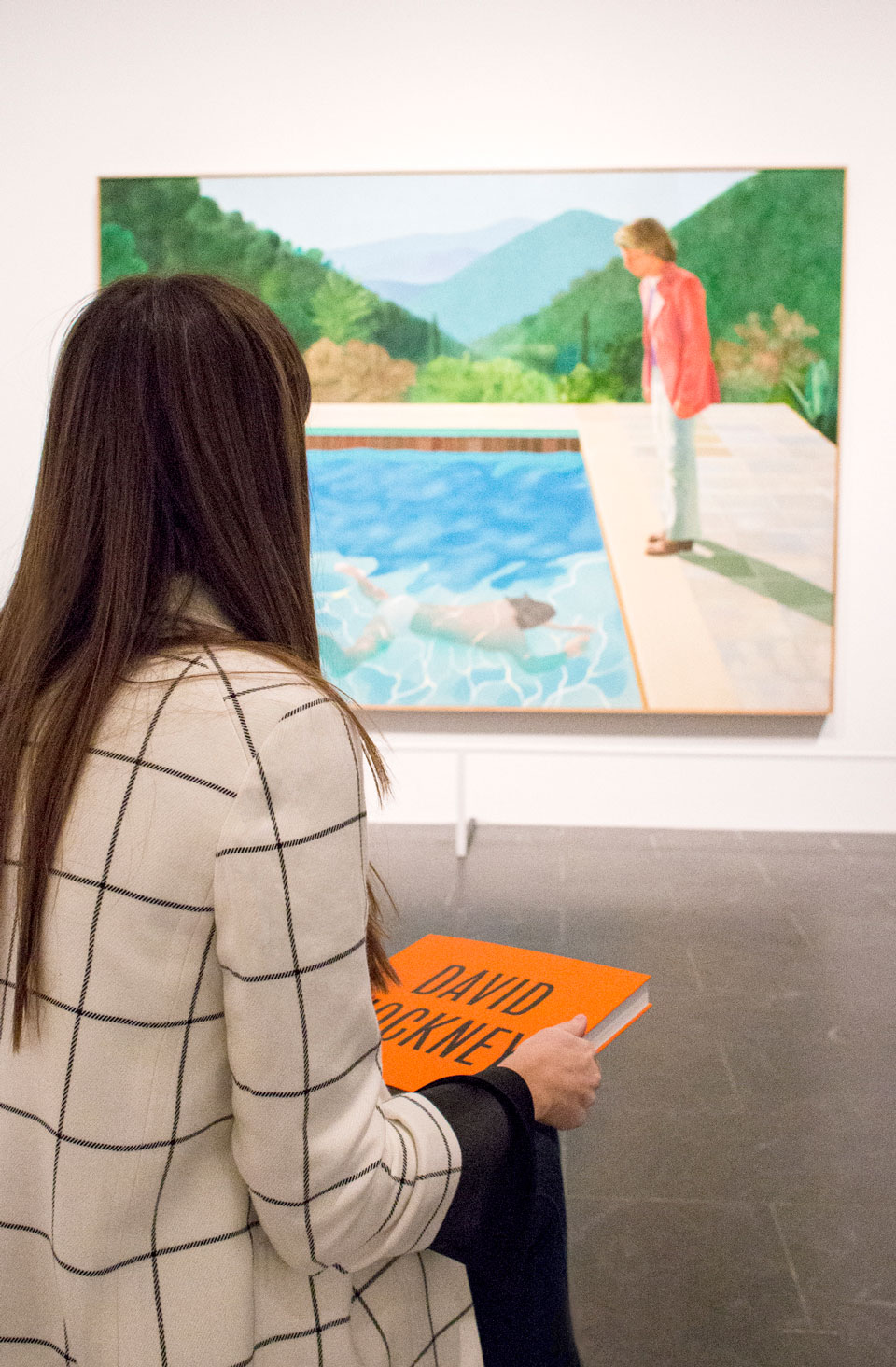
“I actually think the deafness makes you see clearer. If you can’t hear, you somehow see. I read in John Richardson’s book about Picasso that he didn’t like music. It was rare then. He was the only artist who didn’t go to concerts. I’m assuming he didn’t hear the music. I’m assuming he was tone deaf. But he actually saw more tones than anybody else. He was actually the great chiaroscurist of the 20th century. Seeing and hearing — there is a connection.” — The New York Times, August 15, 2001
On Looking
“The thing is, most people most of the time are pretty blind. They move through the world scanning so as to make sure they don’t bump into anything, but not really looking. Driving can get to be like that: You’re only aware tangentially, negatively, making sure there are no untoward things happening. Minutes can go by and suddenly you realize that you almost haven’t even been conscious of the passing scene. Whereas looking, by contrast, is a very positive act; you’ve got to set out to do it.” — Smithsonian, September 2013
On Perspective
“The major problem with traditional perspective as it was developed in fifteenth-century European painting… is that it stops time…. Perspective takes away the body of the viewer. You have a fixed point, you are not there really…. For something to be seen, it has to be looked at by somebody, and any real and true depiction should be an account of the experience of that looking. In that sense it must deeply involve an observer whose body somehow has to be brought back in.” — The Economist, November 5, 1988
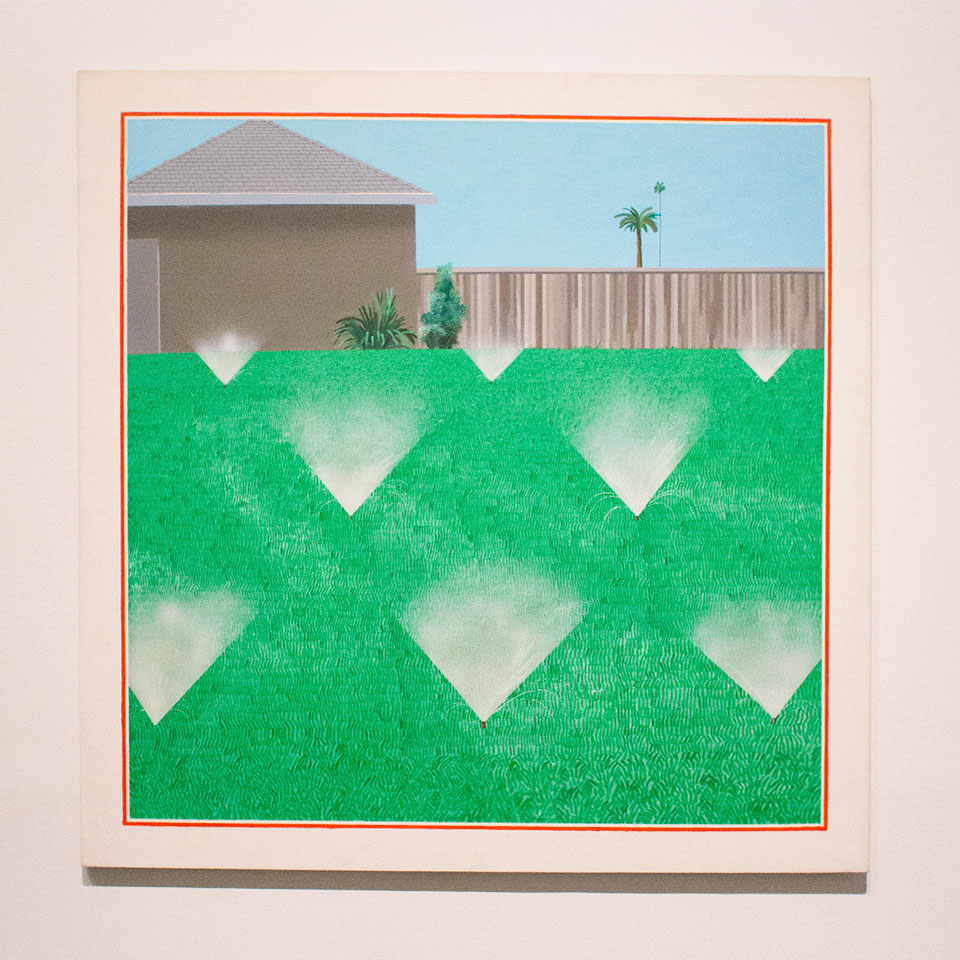
“I’ve always argued that artists have always used technology. I mean a brush is technology, pencils are technology. Picture-making things — artists will always use them.” — ROM Magazine, December 22, 2011
On Ed Ruscha
“I admire him. A marvelous artist, a very poetic sensibility. One night, I said, `Well, I’m going home early. I’m painting a picture of the Grand Canyon.’ And Ed said, `Well, a miniature, of course.’ Which is very witty, and that’s him.” — Los Angeles Magazine, October 1998
On Picasso
“There was no style and no technique that Picasso could not master. What was the point of settling down in one little corner of art and just painting on it over and over?” — The New York Times, April 20, 1999
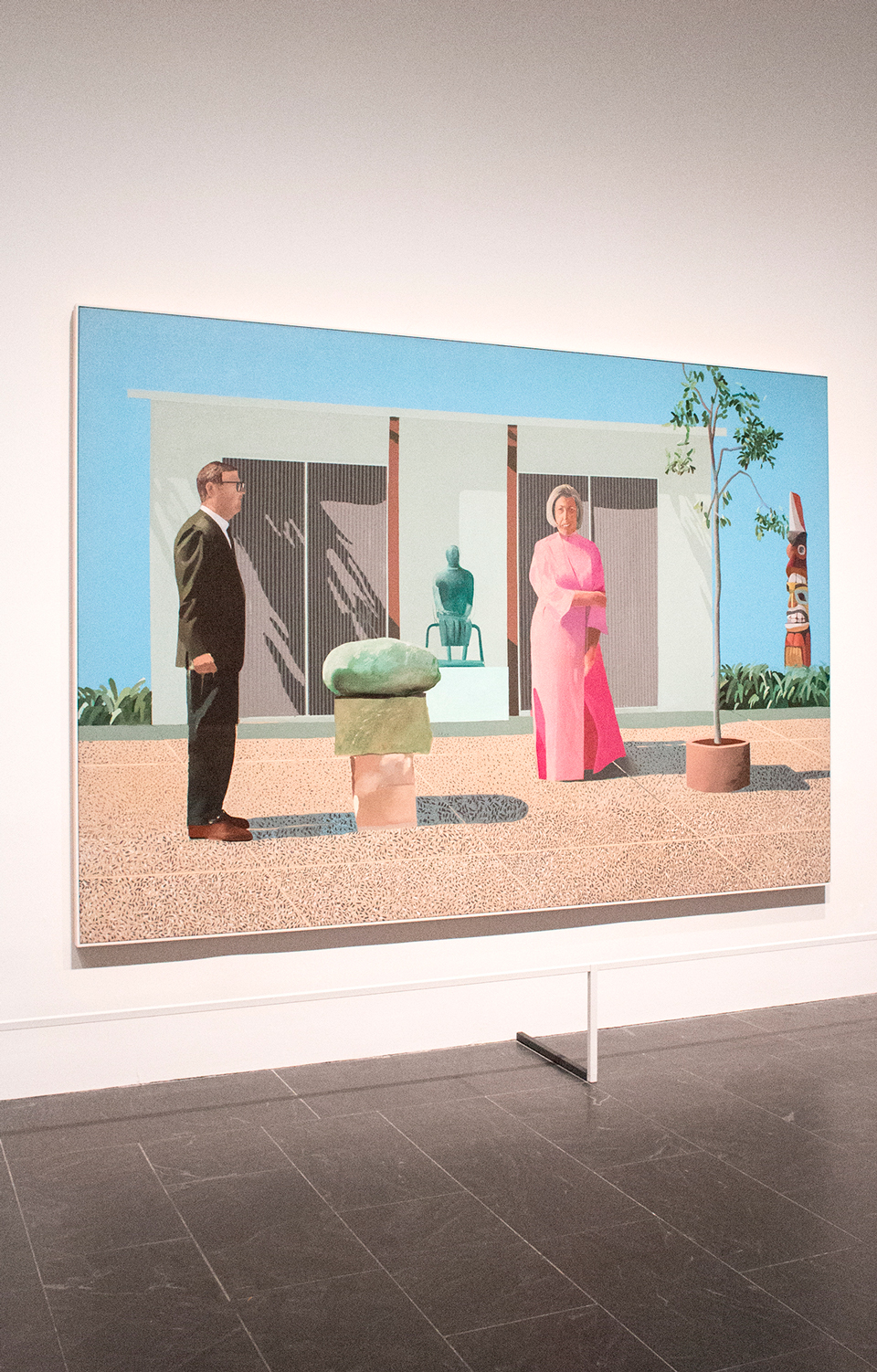
“People seem to think that if you point a camera, it gets exactly what’s there, but it doesn’t. I always said that you teach drawing because it is teaching people to look harder — you can see more. If you don’t, then you are stuck with the camera.” — Time Out, January 19, 2012
“You have not been in this room before. You came in through that door. You are sitting in that chair. Now, think of how you’re seeing. Look around the room. See? You take it in in pieces, in nervous little glimpses. You meet my eyes, then glance away. You see the bed, the window, the view outside the window. When you’re looking at the lamp, the lamp is bigger than anything. You’ve been sitting in your chair, but in a sense you have been moving. You have been putting things together with memory, in time.
“Photographs aren’t like that. That’s what’s wrong with them. That’s what’s wrong with all of them. It took time to see this room. It takes time to look at anything if you want to really see it. But there is no time in photographs. That’s why you can’t look at them for very long. That’s why they bore one quickly. They sort of stare you down.
“Now think about your own room, the room where you live. It is a room you know from many, many viewpoints. How does it look? It looks all kinds of ways. You know what’s in the closet. And underneath the bed.
“Photographs aren’t like that. You say you take a photograph. But the photograph takes you. You’re nothing. You’ve no body. In the end, the ultimate thing about the photograph with one-point perspective is that you’re just a dot.” — The Washington Post, January 20, 1985
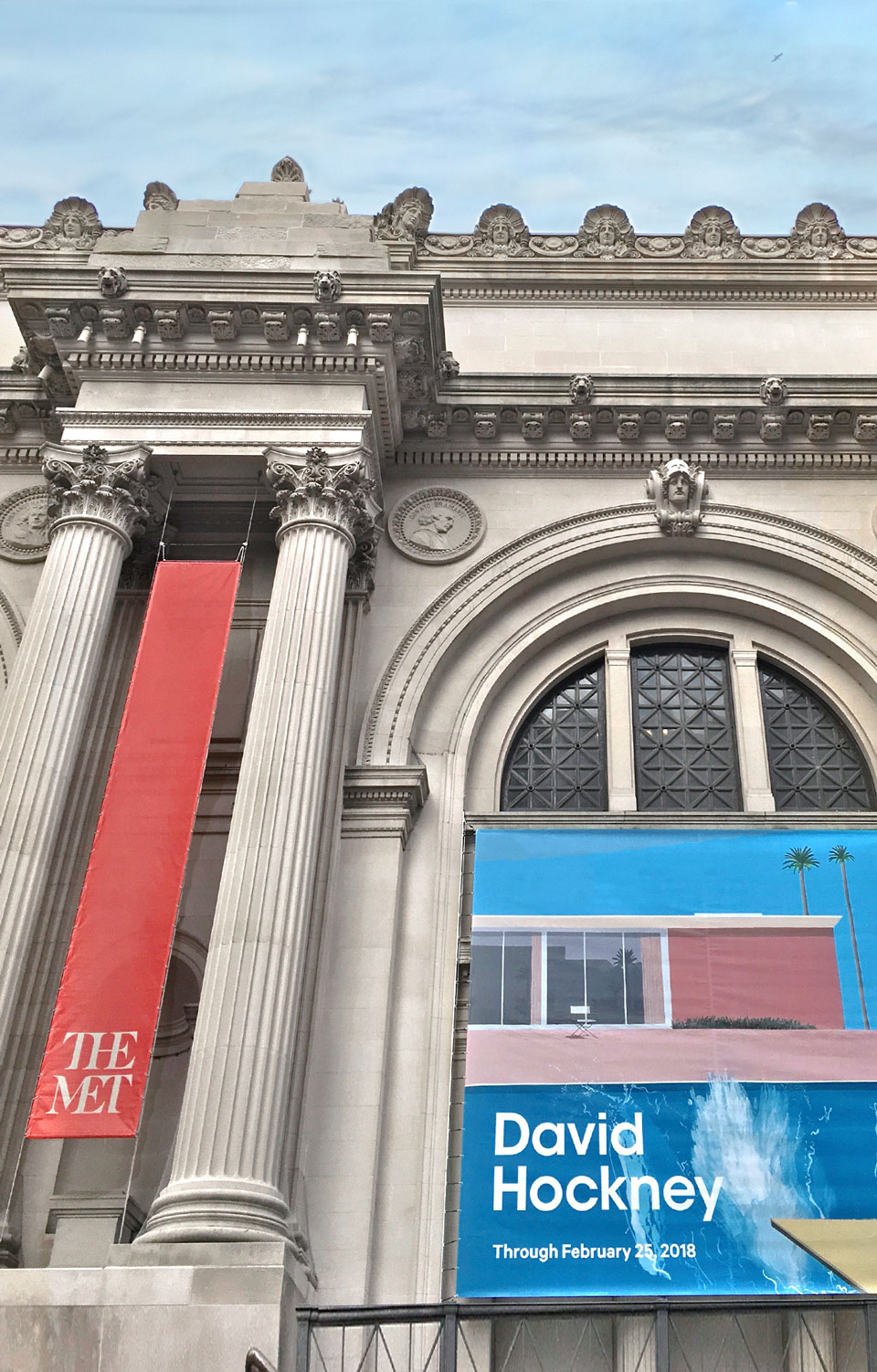
More to explore in Culture
-
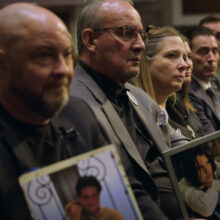 Culture
4.21.25
Word of Mouth: ‘Can’t Look Away’
Culture
4.21.25
Word of Mouth: ‘Can’t Look Away’
-
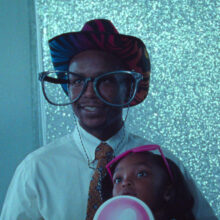 Culture
10.24.24
Word of Mouth: ‘Daughters’ on Netflix
Culture
10.24.24
Word of Mouth: ‘Daughters’ on Netflix
-
 Culture
10.24.24
Financial Literacy for Kids? It’s Priceless.
Culture
10.24.24
Financial Literacy for Kids? It’s Priceless.
-
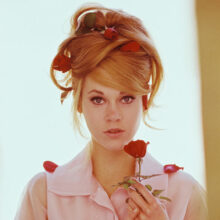 Culture
11.22.23
What’s Your Sign? Sagittarius
Culture
11.22.23
What’s Your Sign? Sagittarius
-
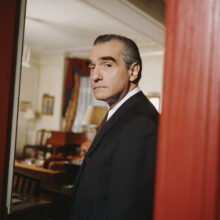 Culture
10.19.23
What’s Your Sign? Scorpio
Culture
10.19.23
What’s Your Sign? Scorpio
